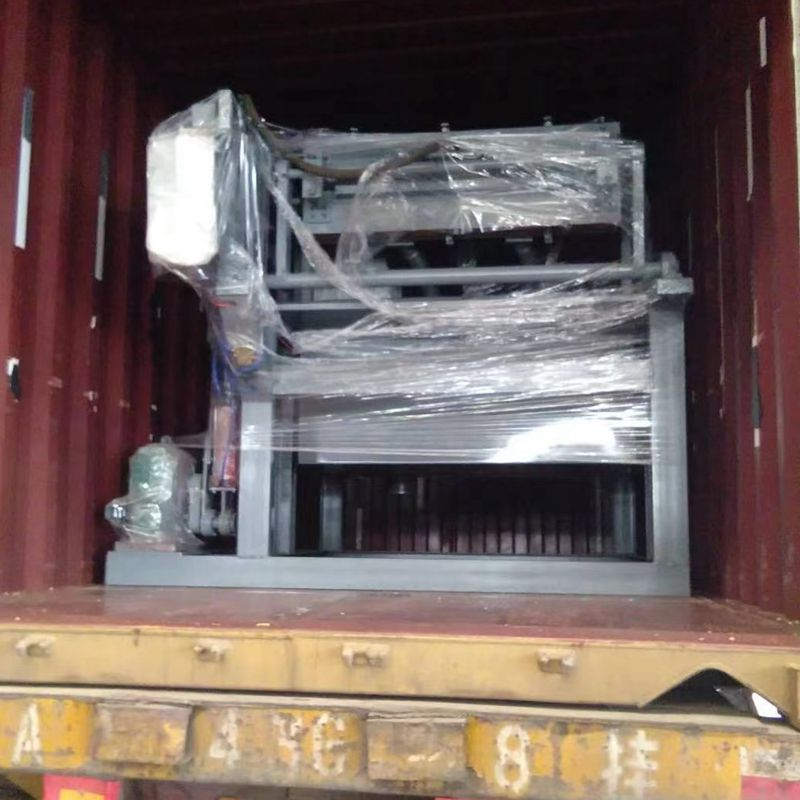layer chicken cages
Oct . 11, 2024 20:21 Back to list
layer chicken cages
Layer Chicken Cages An Essential Component of Poultry Farming
Layer chicken cages are an essential aspect of modern poultry farming, particularly for producers looking to maximize efficiency, optimize production, and maintain animal welfare. These cages are specifically designed for housing hens intended for egg production. With the increasing global demand for eggs, the implementation of layer chicken cages has evolved as a vital solution for both small-scale and large-scale poultry operations.
One of the primary benefits of layer chicken cages is their ability to maximize space utilization. Traditional barn systems often require significantly more space, which can lead to increased costs and logistical challenges. In contrast, layer cages allow farmers to house a larger number of birds in a smaller footprint. This efficient use of space is particularly beneficial in regions with limited land availability. By stacking cages vertically, poultry producers can significantly increase their production capacity without the need for expansive land use.
Moreover, layer cages facilitate better management and monitoring of the hens. With the confinement of birds into designated areas, farmers can easily assess the health of each hen, manage feeding routines effectively, and monitor egg production rates. Automated feeding and watering systems can be integrated into these cages, ensuring that each hen receives adequate nutrition without excessive labor costs. This automation not only reduces labor but also minimizes human error in feeding procedures, leading to a more productive flock.
layer chicken cages

Animal welfare is another critical consideration in the use of layer chicken cages. Modern cage designs have evolved from conventional battery cages, which have faced criticism for their restrictive nature. Today’s layer cages often include features that provide hens with more space, enrichment activities, and opportunities for natural behaviors. For example, enriched cages may include perches, nesting boxes, and adequate space for movement, which helps improve the overall wellbeing of the hens. This shift towards more humane farming practices has been driven by consumer demand for ethically sourced products, leading many producers to adopt cage systems that align with animal welfare standards.
In addition to their benefits for producers and hens, layer chicken cages also contribute to food safety and biosecurity. The enclosed design of these cages minimizes the risk of disease transmission between birds, helping to maintain healthy flocks. In an industry where diseases can spread rapidly, particularly in high-density environments, layer cages provide a safeguard against outbreaks that could affect egg supply and lead to significant economic losses.
Environmental concerns also play a role in the discussion of layer cages. By improving the efficiency of space and resource use, these systems can reduce the overall environmental footprint of poultry farming. Less land is required, and the concentrated production can lead to more effective waste management practices, though this must be implemented thoughtfully to alleviate potential pollution issues.
In conclusion, layer chicken cages are a crucial element in the modern landscape of poultry farming. They offer numerous advantages, including space efficiency, enhanced management capabilities, improved animal welfare, food safety, and a reduced environmental impact. As the poultry industry continues to adapt to changing consumer preferences and challenges, the role of layer chicken cages will remain significant in meeting the global demand for high-quality eggs while maintaining responsible farming practices.
-
Hot Sale 24 & 18 Door Rabbit Cages - Premium Breeding Solutions
NewsJul.25,2025
-
Automatic Feeding Line System Pan Feeder Nipple Drinker - Anping County Yize Metal Products Co., Ltd.
NewsJul.21,2025
-
Automatic Feeding Line System Pan Feeder Nipple Drinker - Anping County Yize Metal Products Co., Ltd.
NewsJul.21,2025
-
Automatic Feeding Line System - Anping Yize | Precision & Nipple
NewsJul.21,2025
-
Automatic Feeding Line System - Anping Yize | Precision & Nipple
NewsJul.21,2025
-
Automatic Feeding Line System-Anping County Yize Metal Products Co., Ltd.|Efficient Feed Distribution&Customized Animal Farming Solutions
NewsJul.21,2025






